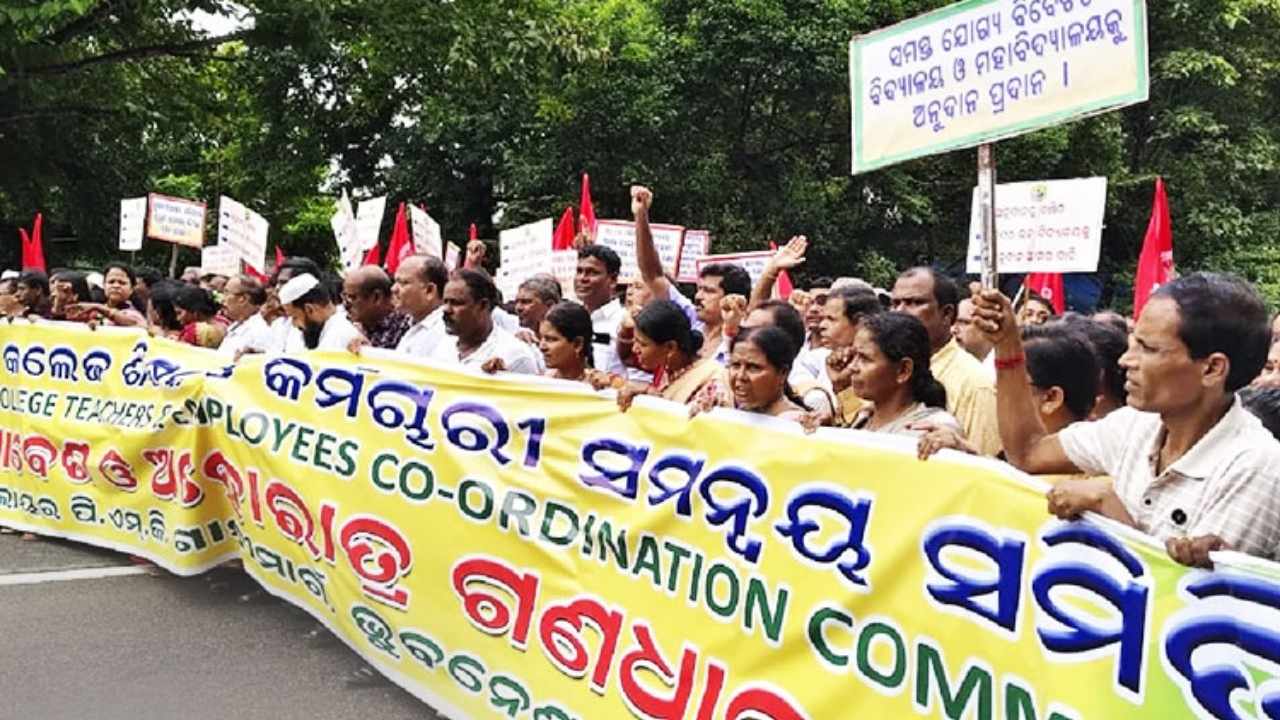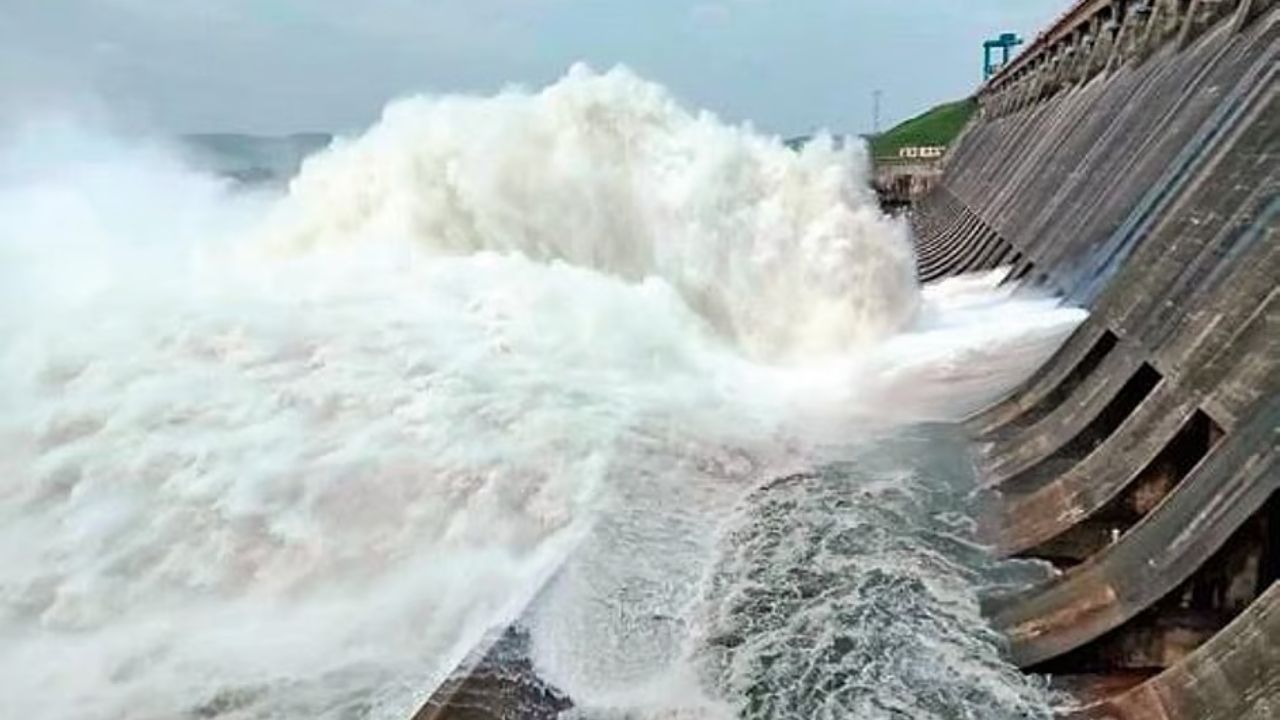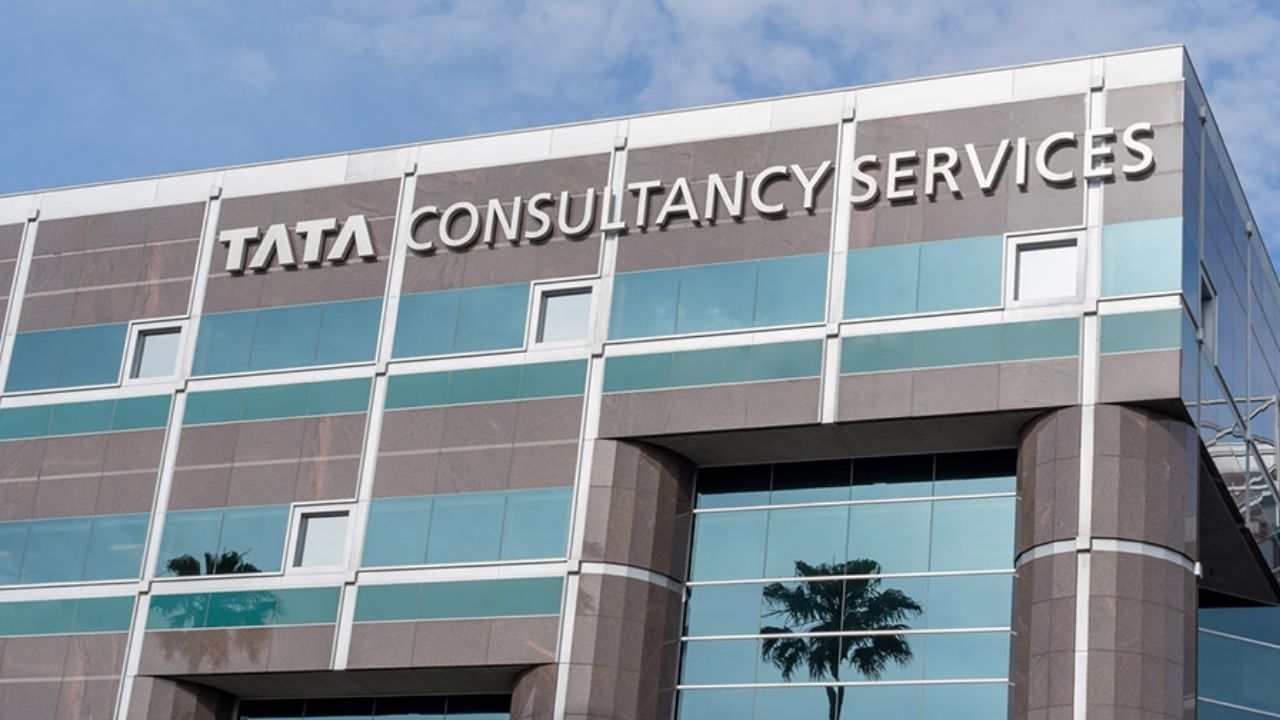In a remarkable move that shows Odisha’s commitment to environmental sustainability, the state government has secured a massive allocation of over Rs 2,000 crore for afforestation efforts. This funding aims to boost the state’s green cover, enhance biodiversity, and provide critical ecological services for future generations. With these efforts, Odisha is stepping up to meet the growing environmental challenges and pave the way for a greener, more sustainable future.
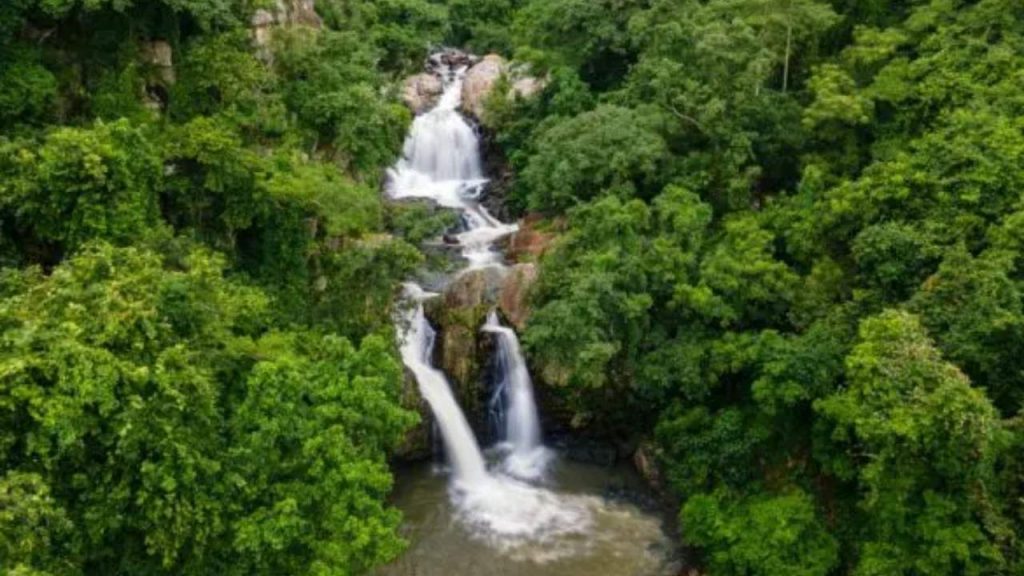
But what does this mean for the people of Odisha, the environment, and the larger ecological balance? In this article, we’ll dive into the details, breaking down how this funding will be utilized, its potential impact, and what we can expect moving forward.
Odisha Secures Over Rs 2,000 Crore for Massive Afforestation Push
| Key Data/Points | Details |
|---|---|
| Total Funding Secured | Rs 2,000 Crore |
| Afforestation Plan | Expansion of green cover, regeneration of bamboo forests, and creation of new bamboo plantations. |
| Green Livelihoods Created | 10 lakh new green livelihoods for local communities, especially tribal populations. |
| Funds for Wildlife Conservation | ₹50 crore allocated to wildlife conservation efforts, especially in Similipal National Park. |
| Challenges Identified | Issues regarding the shortfall in compensatory afforestation in some regions like Jeypore and Malkangiri due to insufficient saplings and funding gaps. |
| Official Resources for More Info | Odisha State Finance Department |
Odisha’s Rs 2,000 crore afforestation initiative represents a bold and critical step in preserving the state’s natural resources and securing a sustainable future. The plan not only focuses on expanding the green cover but also addresses key environmental, social, and economic issues. By combining afforestation, wildlife protection, and community empowerment, Odisha is setting a powerful example of how states can address climate change while also boosting their local economies.
The success of this project, however, will depend on its execution and the active involvement of local communities, NGOs, and environmental experts. As the world grapples with climate challenges, Odisha’s actions provide a hopeful model for the future. Let’s keep our fingers crossed that this green push will flourish, securing a healthier planet for generations to come.
Understanding the Massive Afforestation Initiative in Odisha
In recent years, afforestation has become a crucial part of climate change mitigation strategies around the world. For a state like Odisha, which is rich in natural resources but faces threats like deforestation, erosion, and biodiversity loss, taking bold steps to combat these challenges is more important than ever.
In this context, the Odisha government’s decision to allocate over Rs 2,000 crore for afforestation is a game-changer. The funding is part of the Compensatory Afforestation Fund Management and Planning Authority (CAMPA), which is primarily responsible for managing the funds for afforestation and green cover development in the state.
The money will be used for a wide range of initiatives, including regenerating degraded forests, planting new trees, and involving local communities in forest conservation and management. With 10 lakh green livelihoods planned for the locals, this initiative will not only help preserve the environment but also provide economic benefits to tribal populations, which rely heavily on forest resources.
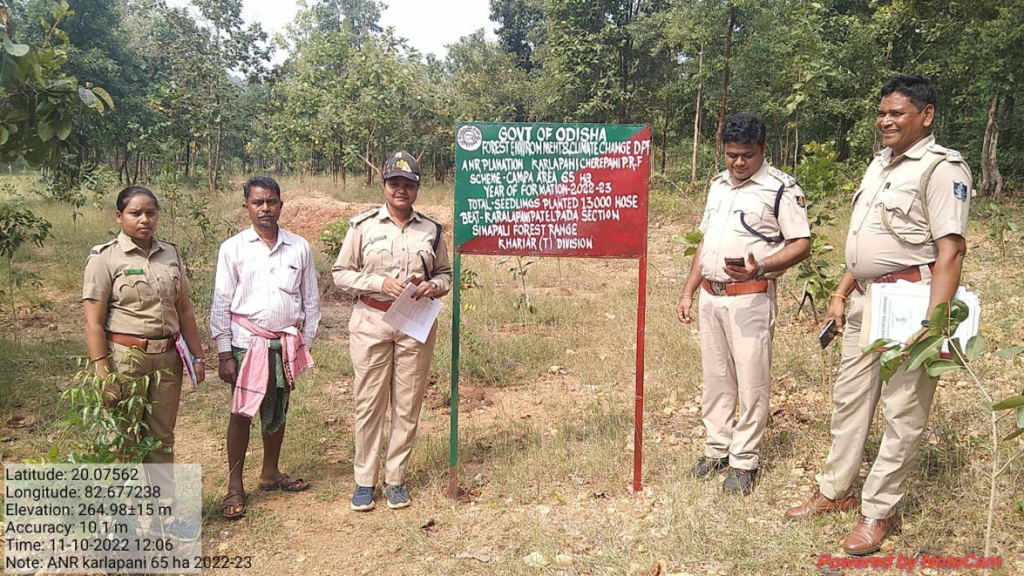
Why Afforestation Is Crucial for Odisha
Afforestation plays a vital role in combating the effects of climate change. Here’s why:
- Restoring Ecosystems: Large-scale tree planting restores ecosystems, stabilizes soil, and helps in recharging groundwater reserves.
- Biodiversity Protection: By planting diverse species of trees and plants, afforestation protects wildlife habitats, ensuring that animals like elephants, tigers, and birds can thrive.
- Carbon Sequestration: Trees act as carbon sinks, absorbing CO2 from the atmosphere and mitigating the effects of global warming.
- Livelihood Creation: As in the case of Odisha, afforestation can create employment opportunities and improve the quality of life for local communities.
Breaking Down the 2,000 Crore Investment
Now that we have a high-level understanding of the initiative, let’s explore how the Rs 2,000 crore will be allocated and what it means for the future.
1. Enhancing Green Cover and Restoring Forests
A significant portion of the funding will go into reforestation projects and the restoration of degraded forests. This will involve planting a mix of native trees and plants to increase the state’s green cover.
- Bamboo Plantations: Odisha’s bamboo forests are a valuable resource, and the afforestation push will include regenerating these bamboo reserves. This helps preserve a significant ecosystem while promoting the production of bamboo for various industries like handicrafts, paper, and construction materials.
- Natural Regeneration: The state will also focus on Assisted Natural Regeneration (ANR) and Artificial Regeneration (AR) methods, which are low-cost, sustainable methods of restoring degraded forests and increasing biodiversity.
2. Creating 10 Lakh Green Livelihoods
The initiative’s community aspect is particularly exciting. The state government aims to create 10 lakh green livelihoods, directly benefiting local communities, especially those living near or within forests.
- Employment Opportunities: This will involve activities like tree planting, forest management, and nursery operations, offering employment opportunities to tribal populations and rural communities.
- Processing Centers: Over 100 processing centers will be established for products like sal, tamarind, bamboo, and medicinal plants. These centers will help local farmers and gatherers improve their economic conditions by turning raw materials into value-added products, which can be sold in local and international markets.
3. Investing in Wildlife Conservation
With the allocation of ₹50 crore for wildlife conservation, Odisha is taking steps to protect its biodiversity. The state is home to many famous wildlife sanctuaries, including Similipal National Park, which has been recognized as a UNESCO Biosphere Reserve.
- Addressing Human-Wildlife Conflicts: Odisha plans to mitigate human-wildlife conflicts by investing in measures that prevent animals from straying into human settlements, which often leads to fatalities. Part of the funding will be used to increase compensation for those affected by such incidents.
- Habitat Restoration: By focusing on the restoration of natural habitats, Odisha aims to protect species like tigers, elephants, and other wildlife, which are increasingly at risk due to deforestation and habitat degradation.
Practical Steps for Implementing the Afforestation Plan
While the funding is in place, the success of the initiative depends on its implementation. Here are the key steps that will ensure the initiative achieves its goals:
1. Monitoring and Accountability
One of the major concerns in large-scale afforestation projects is ensuring that the funds are spent efficiently and that the planted saplings thrive. Regular monitoring will be crucial to track progress and identify any shortcomings. This can be done through the use of modern technology, such as drones and satellite imagery, to keep track of forest cover and tree health.
2. Community Engagement
Involving the local communities will be key. Successful afforestation requires the active participation of those who live in the forests or depend on forest resources. Ensuring that people are properly trained, equipped, and motivated will be vital to the project’s success.
3. Training and Education
The state will need to invest in training local populations in modern farming techniques, forest management, and sustainable harvesting practices to ensure that the projects are economically viable and ecologically sound. This will help communities better manage forests and generate income from eco-friendly activities.
4. Collaboration with Environmental NGOs
Partnering with local and international non-governmental organizations (NGOs) and environmental groups will ensure that best practices are followed. NGOs can provide expertise, resources, and manpower, as well as assist in capacity building within local communities.
NGT Slams Odisha Pollution Board for Allegedly Granting Illegal Approval to Rengali Project
Mann Ki Baat: Tribal Women and Kirtan Group from Odisha Receive Praise from PM Modi
Odisha CM Majhi’s First Year Marked by Controversies and Communal Tensions
FAQs
1. How will the afforestation plan benefit local communities?
The afforestation plan aims to create 10 lakh green livelihoods through the establishment of processing centers, tree planting initiatives, and forest management activities. Local communities will also gain economic benefits from sustainably harvesting forest products.
2. What challenges does Odisha face in implementing afforestation efforts?
While Odisha has ambitious goals, challenges such as funding gaps, insufficient saplings, and coordination between various stakeholders remain. Some forest divisions, like Jeypore and Malkangiri, have faced criticism for not meeting the sapling targets.
3. How will Odisha track the success of this initiative?
The government plans to use technology such as drones and satellite monitoring to track progress. Additionally, regular audits and community involvement will ensure that the initiative meets its goals.
4. Why is afforestation important for Odisha?
Afforestation is essential for climate change mitigation, enhancing biodiversity, and providing sustainable livelihoods. By restoring degraded forests and increasing green cover, Odisha can address environmental issues like soil erosion, water scarcity, and loss of biodiversity.


